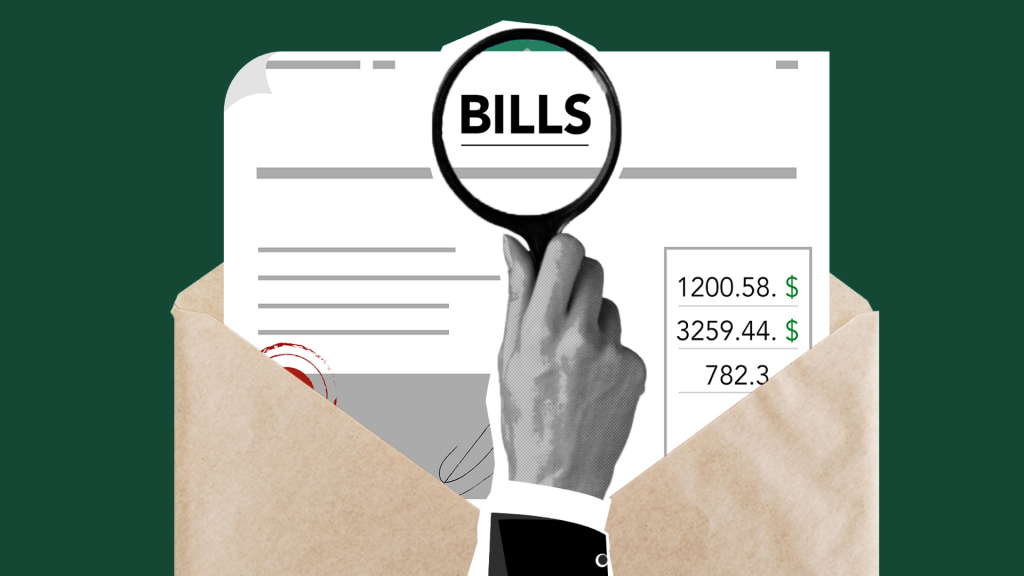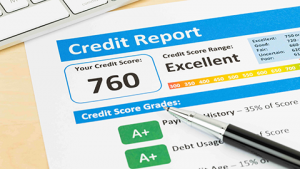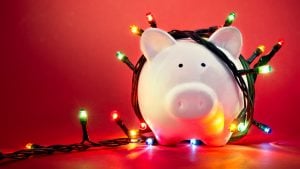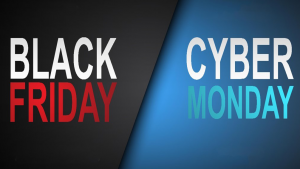
As inflation continues to rise in the first half of 2022, consumer debt is rising right along with it, according to the Federal Reserve System’s consumer credit report released on Aug. 5.
Consumer debt in the United States is nearly $3.4 trillion, according to the Fed. That is approximately $10,600 of debt for every man, woman and child living in the United States.
Staring at a mountain of debt is daunting. But with proper discipline – and a lot of hard work – you can eliminate your debt.
If you’d like to learn how, read on for these tips on how to greatly reduce and eventually get out of debt.
Know What You Owe and Track Your Spending
You can’t get out of debt if you don’t know where your money is going.
The first step toward taking control of your financial situation is to do a realistic assessment of how much money you take in and how much money you spend, according to Federal Trade Commission.
Start by listing your income from all sources. Then, list your “fixed” expenses — those that are the same each month — like mortgage payments or rent, car payments, and insurance premiums. Next, list the expenses that vary — like groceries, entertainment, and clothing. Writing down all your expenses, even those that seem insignificant, is a helpful way to track your spending patterns, identify necessary expenses, and prioritize the rest.
Change Your Routines
It’s important to account for every penny earned and spent. Most people are shocked at the amount of money spent monthly on fast food lunches, coffee shops and online purchases. Small expenses add up.
By changing your habits – packing a lunch instead of eating out or brewing coffee at home or drinking from the “office pot of coffee,” you can quickly accumulate “extra” money in your budget.
Then you can take those savings and make a debt payment immediately. The instant gratification of seeing balances fall can be extremely motivating.
Tackle Your Debt
Small debt victories likely will make you feel good and motivate you to continue. But you must find a strategy that is right for you, according to the Consumer Financial Protection Bureau. The CFPB even offers a worksheet to help.
Here are the two methods the CFPB recommends. Both strategies have their pros and cons, the CFPB says.
Snowball Method – Tackle one debt at a time.
- List all debts in order from smallest to largest.
- Pay minimum payment on all debts while throwing as much money as possible to the smallest debt (for example, the money saved by changing your routines.)
- After the smallest debt is paid, move on to the next smallest debt until debt free.
Highest Interest Rate Method – Pay a little more than the minimum payment on all debts.
- Pay the minimum balance on each debt.
- Take extra money and apply it to the debt with the highest interest rate.
- Pay off debts in order from highest to lowest interest rates.
Don’t Take on More Debt
You cannot borrow your way out of debt. Low-interest payments and credit cards may indeed be a good deal, but you should work toward paying down what you currently owe before adding any new debt.
It’s important to try to make paying off your debt a top priority, because the way that you manage your credit could determine how much access you have to it in the future. Don’t be afraid to talk to a banker or a financial professional for suggestions on ways to attack your debt situation.
Financially Fit is your home fitness guide for all things financial, provided by RCB Bank. Find money-building tips, insights and inspiration to help you improve your financial well-being at RCBbank.com/GetFit. Opinions expressed above are the personal opinions of the author and meant for generic illustration purposes only. Member FDIC.
Sources:
https://www.federalreserve.gov/releases/g19/current/default.htm
https://www.consumerfinance.gov/about-us/blog/how-reduce-your-debt/


